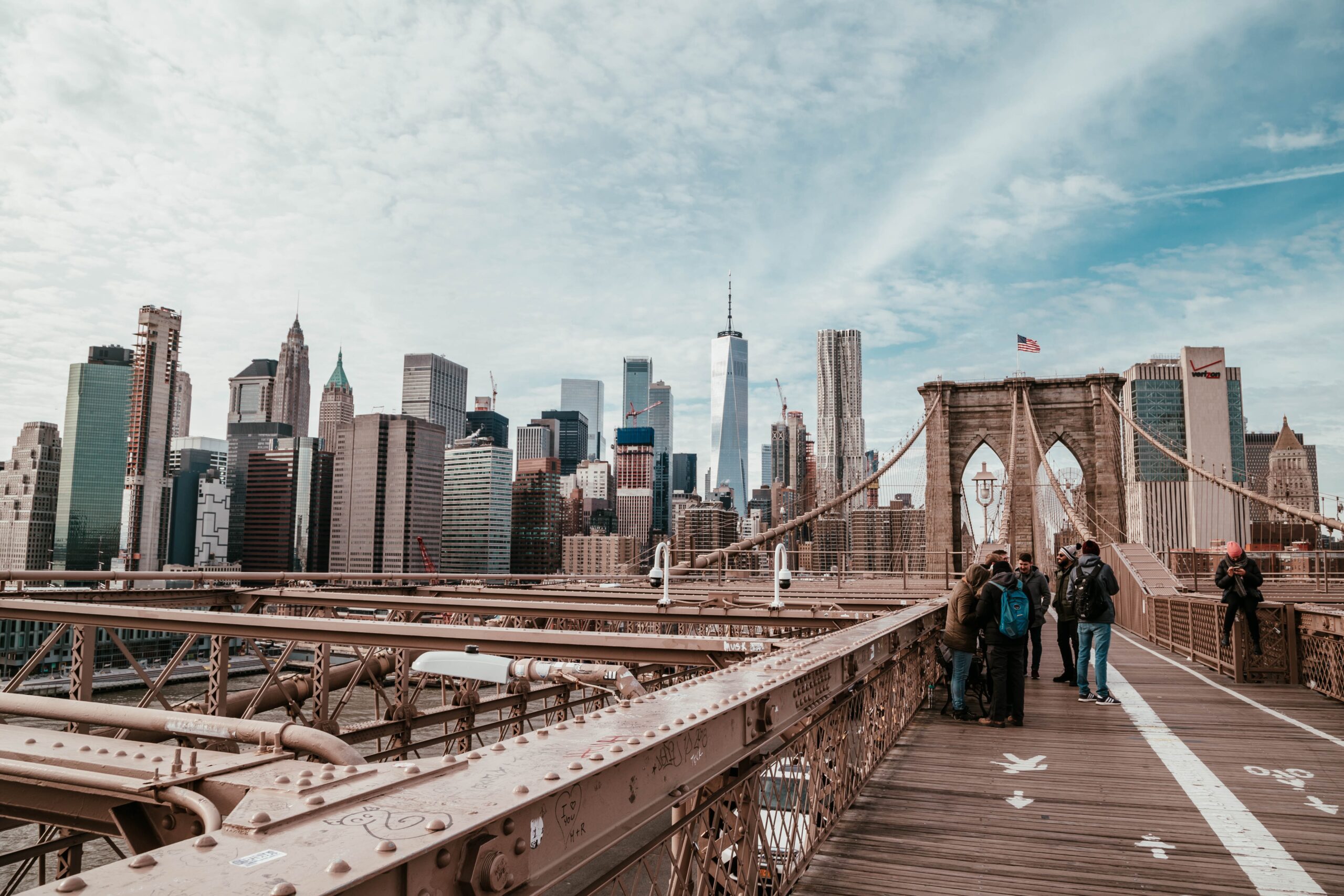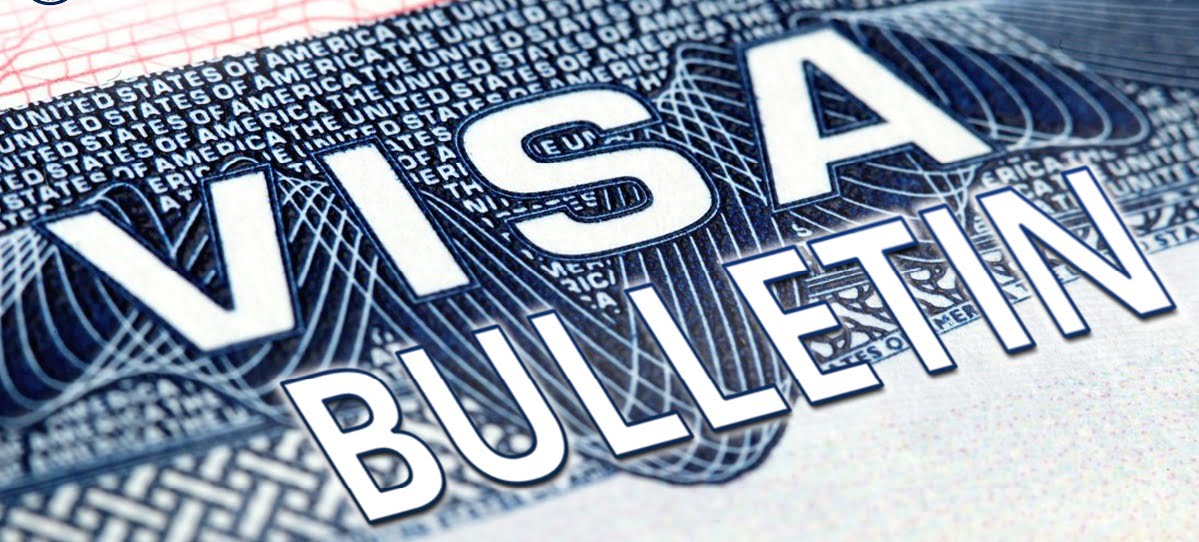The short answer is yes! It is well-known that Indian-born foreign nationals face one of the most extended wait times to get a green card or permanent residency status in the U.S.
This is due to many factors, including the limited number of employment-based visas available each fiscal year. In fact, there are only 140,000 employment-based immigrant visas available annually, and each country is subject to 7% of that visa number.
This means that countries like India, which have a high demand for these visas, can only be awarded a small fraction of the available 140,000 visas. As a result, many Indians working in the U.S. are forced to wait for several years or even decades before they can obtain permanent residency status.
During the COVID-19 pandemic, we faced numerous consular closures, significantly impacting the USCIS processing and visa allocation.
As a result of these closures, several family-based visas have gone unused, which has led to some spill-over into the employment-based visa category. This has created a small window of opportunity, especially for foreign nationals from China and India seeking employment-based green cards.
However, despite this slight increase in available visas, many Indian nationals still face tremendous backlogs in their visa applications.
As per the fy 2023 visa bulletin, individuals born in India looking to apply for adjustment of status through the EB-2 and EB-3 categories are facing significant delays. An EB-2 green card in India’s cut-off date is May 1, 2012. While for EB-3, India’s cut-off is August 1, 2012. These dates are crucial, as they determine the final action date for individuals born in India.
While these dates suggest 10-11 years, the actual wait time for a green card may take much longer. This is because visa bulletin dates move forward at a different pace, not in real-time. Instead, they are subject to various factors such as the availability of visas, demand, and the time for the USCIS processing times.
This means that even if an individual’s priority date falls within the listed cut-off dates, they may still face a lengthy wait for their green card to be processed.
The faster route to the U.S. Green Card for Indian Nationals
For Indian nationals seeking to obtain a green card (permanent residency status) in the U.S., the EB-1 visa application process offers a faster route.
This visa category is reserved for individuals with exceptional talent or outstanding academic qualifications. While the process for obtaining an EB-1 visa can still be challenging, it typically offers a more streamlined and expedited pathway compared to other employment-based visa categories.
To qualify for an EB-1 employment-based visa, individuals must demonstrate that they possess a high level of expertise in their field or profession and have received significant recognition for their accomplishments. This can include awards, publications, media coverage, or other forms of public recognition. The EB-1 visa category is also open to individuals who have achieved significant success in the business, sciences, and arts fields.
Individuals who possess extraordinary abilities are considered valuable assets to the United States. As a result, the U.S. government prioritizes these individuals in the immigration process. By doing so, they can bypass some of the lengthy waiting periods many others face when applying for permanent residency in the U.S.
In addition to being able to avoid long wait times, individuals who are granted an EB-1 visa also receive certain benefits that are not available to other visa holders. For example, they can work for any employer in the U.S. without obtaining an additional work visa. They are also permitted to travel more freely in and out of the country than other visa holders.
However, it’s worth noting that the EB-1 visa category eligibility requirements are strict and require applicants to demonstrate high achievement and recognition in their field. Additionally, the application process can be challenging and time-consuming, so individuals must be fully prepared before embarking on this pathway to permanent residency in the U.S.
For most Indians in the U.S., obtaining permanent residency status can be a lengthy and uncertain process. However, for those who possess exceptional skills or talent, there is a faster path to achieving their U.S. immigration goals through the EB-1A visa category.
Understanding the EB-1 first-preference employment-based immigration process
As mentioned, specific individuals may qualify for an employment-based, first-preference U.S. visa if they meet specific criteria.
In order to qualify for an EB-1 visa, applicants must demonstrate exceptional ability or accomplishments in their respective fields, which may include receiving international awards, being associated with prestigious organizations, serving as a judge in their area, or contributing significantly to their industry through research or publications. Applicants must meet a minimum of 3 out of 10 criteria established by the USCIS. In this category, there is no requirement for a job offer or labor certification, which is a document that verifies that there are no qualified U.S. workers available for the job.
Similarly, to qualify for an EB-1 visa as an outstanding professor or researcher, individuals must have a minimum of 3 years of experience in teaching or research in their academic field. They must enter the United States to pursue a tenure or tenure-track teaching or comparable research position at a university, institution of higher education, or private employer.
In this case, individuals must provide an offer of employment from the prospective U.S. employer, which must be a private employer that can demonstrate documented accomplishments and employs at least 3 full-time researchers. They must also meet at least two out of six criteria listed on the USCIS website. It is important to note that labor certification is not required for this category, which can streamline the application process.
Those seeking an EB-1 visa as a multinational executive or manager must have been employed for at least 1 year in the past 3 years by a foreign company with a qualifying relationship with a U.S. employer.
The U.S. employer must have been in business for at least 1 year, have a qualifying relationship to the entity that the applicant worked for outside the U.S., and intend to employ the applicant in a managerial or executive role.
This category does not require a labor certification. Essentially, this category allows multinational companies to transfer their executives and managers to their U.S. operations without going through the regular labor certification process.
Reasons why Indians seeking green card are facing EB-1A visa processing delays
The U.S. Department of State (DOS) has released the visa bulletin stating the final action dates for employment-based immigration processes such as EB-1A. The most recent statement indicates that the priority date for India and China will experience retrogression to February 1, 2022, while other countries remain current.
This announcement indicates that Indian-born individuals seeking green cards through the EB-1 category must have an approved I-140 petition filed before June 2022 to be able to file the I-485 petition for adjustment of status right the way. According to the March visa bulletin, the Indian applicant’s final action was established in February 2022.
On the other hand, anyone who filed their petition after June 2022 cannot proceed with their status adjustment until their priority date is current.
The DOS establishes the final action date chart or the cut-off dates, and it is impossible to predict with certainty how those dates will change in the future and whether the cut-off date will continue to retrogress or become current at the beginning of the fiscal year of 2024.
Everything you need to know about Retrogression
When the U.S. Department of State calculates the final action dates for visa processing, they consider various factors. One crucial factor is the number of petitions submitted for each preference category and country of birth.
They also consider the number of visas available in each preference category and country of birth, which can vary depending on the country’s annual quota and the number of unused visas from previous years.
Another crucial factor is the rate at which visas are being used if the demand for visas is in a particular category.
In other words, when the demand for employment-based immigrant visas exceeds the available supply, the U.S. Department of State may take action to retrogress, or move backward, the priority dates for these visas.
This means that individuals who have filed for green cards may experience a delay in moving forward with the last stage of the process, which is either the adjustment of status process if completed within the United States or consular processing if completed overseas.
Retrogression can have significant consequences for individuals waiting for their U.S. green cards, which means they may have to wait many years until their priority dates become current. This delay can impact their ability to live and work in the United States and may affect their families and other aspects of their lives.
About the USCIS priority date
Typically, the priority date refers to the date an immigrant petition can be submitted to the USCIS. This means the priority date is the marker for when an individual’s place in line for a green card is established.
It is crucial for individuals applying for a green card to understand the significance of the priority date, as it can impact the timing to file I-485, the application processing, and approval.
Individuals can better plan and prepare for the green card application process by understanding the priority date and how it is determined. They can also stay informed about any changes or updates to the priority date system that may affect their application.
The monthly Visa Bulletin and processing time
The Department of State Visa Bulletin is a monthly publication that provides essential information about the availability of immigrant visas. The Visa Bulletin includes two categories: “Final Action Dates” and “Dates for Filing Applications.”
The Final Action Dates indicate when an immigrant visa applicant may expect to receive their green card. The Dates for Filing Applications indicate when an applicant should be notified to assemble and submit Form I-485 and supporting documentation to the USCIS Service Center.
It is important to note that the availability of immigrant numbers can frequently change depending on various factors. Keeping track of the Visa Bulletin regularly and staying informed about any changes or updates that may affect the green card application process is essential.
Processing of Retrogressed Visa Cases by USCIS
When an applicant’s priority date no longer meets the cut-off date due to retrogression. The case will be delayed until a visa becomes available again. Suppose an applicant’s Form I-485 does not necessitate an in-person interview at a USCIS office. Their case will be retained at the USCIS Service Center, where they initially submitted their application.
However, suppose the applicant has already been interviewed at a USCIS office, and a visa is unavailable. In that case, their case may be held at different locations depending on the type of visa.
Employment-based visa-retrogressed cases are held at the Texas Service Center (TSC) after completing any required interview and other processing steps. At the same time, family-sponsored visa retrogressed cases are held at the National Benefits Center (NBC) after completing the interview and other processing steps.
Once an applicant’s priority date becomes current according to the dates in the Visa Bulletin for the current month, USCIS will complete the processing of visa-retrogressed cases.
In case USCIS requires further information from the applicant, they may issue a request for evidence or an interview notice. Therefore, applicants must keep their addresses current with USCIS to avoid missing critical updates or requests.
Conclusion
Even though the EB-1 visa category for India is currently experiencing retrogression, it is still the fastest route for Indians who want to obtain a green card. Other employment-based green card options have longer waiting periods between filing I-140 and I-485. Suppose an individual from India is pursuing a green card through the EB-1A visa pathway. In that case, it is essential to keep track of the monthly visa bulletin to stay informed about any updates or changes that may impact the processing of their application.
It is crucial to highlight the latest trend observed in USCIS regarding the handling of EB-1A processing cases, which is the significant increase in the issuance of RFEs (Request for Evidence). While the exact reason for this trend remains unknown, it may be attributed to the surge in incoming applications following the extension of premium processing to the EB-2 NIW visa category. It is worth noting that receiving an RFE does not necessarily imply a denial of the case.
At PassRight, we have a team of experienced immigration professionals who can effectively respond to RFEs and secure a positive outcome for our clients. Contact us if you need help with your EB-1A case.
* This article is for informational purposes only and does not provide direct legal advice.
FAQ:
Is EB-1A still considered the quickest way for Indian nationals to obtain a green card despite the retrogression to June 2022?
Despite the EB-1 retrogression for India, it remains the quickest option for Indians seeking a green card. The Department of State has established a final action date of February 1, 2022, and a filing date of June 1, 2022, for employment-based green cards, which is still a shorter priority waiting time than other visa categories.What does the USCIS mean by “Retrogression”?
Retrogression occurs when the priority date for a particular visa category becomes unavailable or moves backward on the visa bulletin, causing delays in the processing of green card applications for individuals with affected priority dates. The priority date must be current at the time of filing the I-485 application or immigrant visa application and at the time of adjudication. Retrogression can impact an individual’s green card processing time, and the process can only move forward once the priority date becomes current.What is the reasoning behind the Retrogression?
Congress requires the Department of State (DOS) to estimate the number of visas issued in family-sponsored, employment-based, and diversity categories and to rely on those estimates when authorizing visas. However, these are only estimates, and DOS cannot predict precisely how many people will apply or have their applications approved. The visa demand can also change throughout the year, affecting visa availability for a particular category or country. To balance visa demand and issuance within limits set by Congress, DOS must regularly adjust the population of noncitizens who can potentially be issued visas based on Final Action Dates, and retrogression may be necessary if demand exceeds estimates or availability is lower than estimated. This helps ensure that visas are allocated to those with the earliest priority dates and remain within Congress-established limits.What is the USCIS priority date?
The Immigration and Nationality Act restricts the number of green card visas that can be issued annually for each visa preference category, and no single country can receive more than a specific percentage of these visas. If these limits are exceeded in a category or country, a waiting list is created, and applicants are placed on the list based on the date their case is filed, called the “Priority Date.” For employment-based petitions that require a labor certification, the priority date is the date the case was initially filed with the State Employment office before March 28, 2005, or with the U.S. Department of Labor under the current PERM system in place since March 28, 2005. If the petition doesn’t require a labor certification, the priority date is when the I-140 immigrant visa petition was filed with USCIS. The priority date for family-based petitions is when the I-130 immigrant visa petition was filed with USCIS.What is the USCIS visa bulletin?
The USCIS visa bulletin is a monthly publication by the U.S. Department of State that contains information about the availability of immigrant visa numbers for family-sponsored and employment-based categories. USCIS uses this information to determine when to process adjustment of status applications and by consular offices to choose when to schedule immigrant visa interviews. The bulletin shows the priority dates currently being processed and the dates expected to be processed based on the number of available visas and the demand for them.Can retrogression impact consular processing?
Certainly, suppose an applicant in a family-sponsored or employment-based preference category wants to obtain an immigrant visa number through consular processing or adjustment of status. In that case, both the Department of State (DOS) and the U.S. Citizenship and Immigration Services (USCIS) can only issue the visa if the applicant’s priority date is earlier than the date listed on the Final Action Dates chart of the Visa Bulletin for their country of chargeability and immigrant visa category.What estimated employment-based visas will the USCIS and DOS use during fy 2023?
The Department of State (DOS) predicts that the employment-based annual limit for FY 2023 will be roughly 197,000, thanks to the addition of about 57,000 unused family-sponsored visa numbers from FY 2022 to the employment-based limit for the current fiscal year. USCIS has pledged to work with its partners at DOS to use all the employment-based visas available in FY 2023, and they plan to take several proactive measures to achieve this goal.









